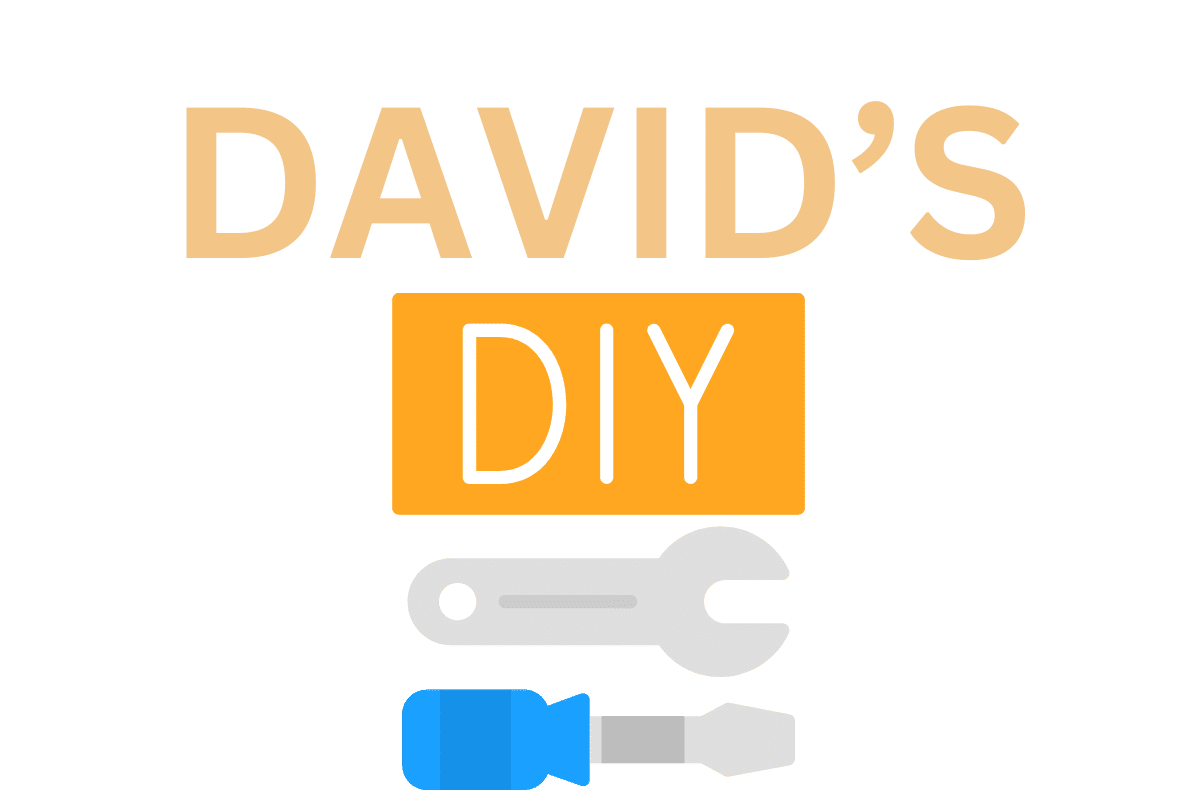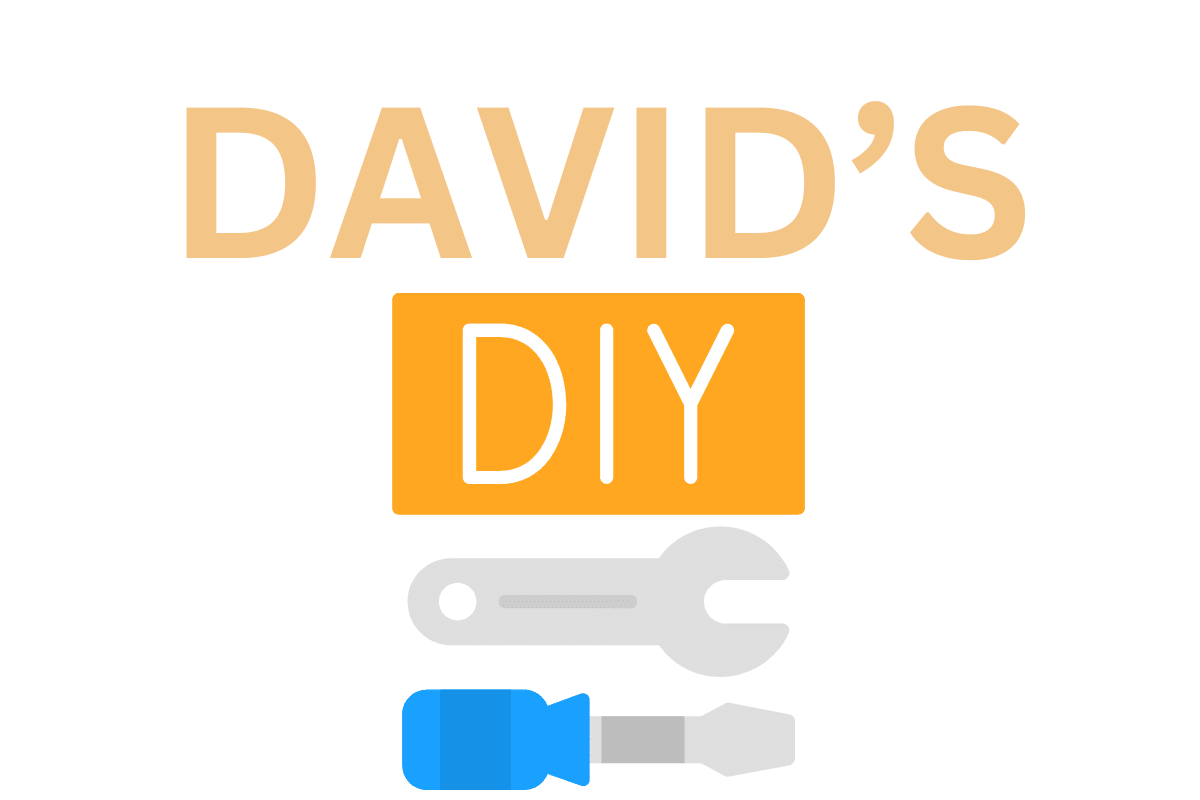While some may argue that embarking on a DIY home addition project can be overwhelming and time-consuming, the sense of accomplishment and personalization it brings to your living space is unparalleled. From meticulously budgeting for materials and labor to navigating the maze of permits and approvals, each step presents its challenges and rewards. However, as I share my experiences with managing construction timelines, dealing with unexpected structural hurdles, and selecting quality materials, you’ll soon realize that the journey of a DIY home addition is not just about the destination but the process itself.
Budgeting for Materials and Labor
When planning a DIY home addition, it is crucial to carefully budget for both materials and labor costs to avoid financial setbacks during the project. Labor costs can vary significantly depending on the scope of work, skill level required, and the time it will take to complete the tasks. It is essential to research local labor rates and obtain multiple quotes to ensure you are getting a fair price for the services needed.
When it comes to material selection, it is important to choose quality materials that align with your budget. Cheaper materials may seem like a cost-effective option initially, but they can lead to higher maintenance costs or even replacement in the long run. Consider the durability, aesthetic appeal, and sustainability of the materials you choose for your home addition.
Obtaining Necessary Permits and Approvals
When embarking on a DIY home addition project, one of the critical aspects to address is the proper acquisition of permits and approvals. Understanding the permit application process and having realistic expectations regarding approval timelines are crucial for a smooth progression of the project. Failure to obtain the necessary permits can result in delays, fines, or even having to undo completed work, making it essential to prioritize this step.
Permit Application Process
Navigating the intricate process of obtaining necessary permits and approvals for a DIY home addition can be both daunting and essential for a successful project outcome. To streamline this process, I sought contractor recommendations and followed interview tips to select the right professional to assist with the permit application and inspection process. Below is a table summarizing the key steps involved in the permit application process:
| Permit Application Process |
|---|
| 1. Research Local Regulations |
| 2. Prepare Required Documents |
| 3. Submit Application to Relevant Authorities |
Approval Timeline Expectations
To effectively manage the timeline for obtaining necessary permits and approvals, a strategic approach is imperative. Before starting the permit application process, it is crucial to have detailed cost estimates and a well-thought-out project timeline. Understanding the costs involved and having a clear schedule can help streamline the approval process. Typically, permit approval timelines can vary based on the complexity of the project and the local building regulations. It is essential to factor in these potential delays when planning your home addition project. By staying organized, regularly communicating with the relevant authorities, and being proactive in addressing any issues that arise, you can help ensure that the approval process stays on track and aligns with your overall project timeline.
Managing Construction Timeline and Deadlines
As I tackle my DIY home addition project, managing the construction timeline and deadlines is crucial for its successful completion. Time management strategies play a vital role in ensuring that each phase progresses smoothly and according to plan. Meeting project milestones and effectively handling unexpected delays are essential components of keeping the project on track and within the set timeframe.
Time Management Strategies
Efficiently managing the construction timeline and deadlines is crucial when taking on a DIY home addition project. To ensure success, I focus on the following strategies:
-
Task Prioritization: I meticulously prioritize tasks based on their dependencies and critical path to keep the project moving forward smoothly.
-
Scheduling: I create a detailed schedule outlining each step of the construction process, allowing me to track progress and make adjustments as needed.
-
Efficiency and Productivity: By optimizing workflows, utilizing time-saving tools, and staying organized, I maximize efficiency and productivity to meet project deadlines effectively.
These strategies not only help me stay on track but also ensure that I complete the DIY home addition project within the set timeframe.
Meeting Project Milestones
Navigating the construction timeline and meeting project milestones require meticulous planning and a keen eye for detail. Time management is crucial in ensuring that each phase of the project stays on track. Setting specific project milestones helps break down the overall construction process into manageable steps, making the workload more achievable. By establishing clear deadlines for tasks such as obtaining permits, completing framing, or finishing electrical work, I can effectively monitor progress and stay organized. Regularly reviewing the project timeline and adjusting schedules as needed is essential to ensure that the home addition stays on course. Adhering to project milestones not only keeps the construction process moving forward but also provides a sense of accomplishment as each goal is met.
Handling Unexpected Delays
Managing unexpected delays in a construction timeline requires proactive problem-solving and adaptability. When navigating setbacks, time management strategies become crucial to keep the project on track. Here are three essential steps to handle unexpected delays effectively:
- Assess the Impact: Evaluate how the delay affects the overall project timeline and budget to determine the necessary adjustments.
- Communicate Clearly: Keep all stakeholders informed about the delay, reasons behind it, and revised timelines to manage expectations effectively.
- Adjust Schedule and Resources: Reallocate resources, adjust deadlines where possible, and consider bringing in additional help if needed to mitigate the delay’s impact on the project completion.
Dealing With Unexpected Structural Issues
Encountering unexpected structural issues during a DIY home addition can present significant challenges and require prompt attention to ensure the project’s integrity. When faced with such challenges, solutions like structural reinforcements and foundation repairs become paramount to guarantee the safety and stability of the new addition.
To address these unexpected structural issues effectively, it is crucial to consult with a professional contractor or structural engineer to assess the extent of the problem and determine the best course of action. In my experience, when we discovered a weakened beam during our home addition project, we immediately halted work and sought expert advice. The structural engineer recommended additional support beams and braces to reinforce the weakened area, ensuring the structural integrity of the entire building.
Key Strategies for Dealing with Unexpected Structural Issues:
| Strategies | Description |
|---|---|
| Consult Professionals | Seek advice from experts for accurate assessments |
| Implement Solutions | Act promptly to reinforce structures |
| Prioritize Safety | Ensure safety measures are in place |
| Monitor Progress | Regularly check the stability of the structure |
| Adjust Plans | Modify construction plans based on recommendations |
Selecting and Sourcing Quality Materials
When it comes to ensuring the success of a DIY home addition, the process of selecting and sourcing quality materials plays a crucial role in maintaining the project’s integrity and longevity.
-
Material Selection: Carefully evaluating the materials needed based on their durability, suitability for the intended purpose, and aesthetic appeal is essential. Opting for high-quality materials ensures a long-lasting and visually appealing outcome.
-
Sourcing: Finding cost-effective options without compromising on quality is a balancing act. Researching and comparing prices from different suppliers can help in securing the best deals on premium materials, ultimately contributing to the project’s overall success.
-
Quality Materials: Investing in superior quality materials might incur a higher initial cost but can save money in the long run by reducing maintenance and replacement expenses. Prioritizing quality over price can result in a more durable and satisfying final product.
Selecting and sourcing the right materials is fundamental to the success of a DIY home addition, as it sets the foundation for a sturdy and visually pleasing outcome.
Maintaining Safety and Adhering to Codes
Ensuring safety and adherence to building codes is paramount when undertaking a DIY home addition project. To guarantee compliance, it is crucial to acquaint oneself with local regulations, obtain necessary permits, and follow safety precautions diligently. Before commencing any work, a thorough review of the building codes specific to the area is essential. This includes understanding structural requirements, electrical codes, and fire safety standards.
Safety precautions should be implemented throughout the project. This involves using proper protective gear, ensuring structural stability during construction, and being cautious with tools and equipment. Regular inspections by professionals can help identify any potential hazards and ensure that the project meets all safety standards.
Moreover, following the building codes not only ensures the safety of the occupants but also prevents legal issues that may arise from non-compliance. By adhering to regulations, one can have peace of mind knowing that the home addition is structurally sound and built to last.
Celebrating the Finished Home Addition
Upon completing the meticulous process of constructing our DIY home addition, a momentous occasion calls for a joyous celebration of our hard work and dedication. As we stand in awe of the newly added space to our home, it’s essential to take a moment to reflect on the achievements and lessons learned throughout this project. Here are three key aspects we are celebrating and reflecting on post-project:
-
The Transformation: Witnessing the evolution from a mere idea on paper to a tangible, functional living space is truly gratifying. The sense of accomplishment that comes with seeing the finished home addition is unparalleled.
-
Enhanced Living: The additional square footage has not only increased the value of our home but has also improved our daily lives. The functionality and aesthetics of the new space have elevated our living experience.
-
Bonding and Growth: The process of working together as a team to overcome challenges and complete this project has strengthened our family bonds. We have grown individually and collectively, learning valuable skills and gaining a deeper appreciation for each other’s contributions.

